-
Spearmint Plants for Sale at The Growers Exchange
The spearmint plant is a versatile and aromatic herb that's a worthy addition to any garden. It can be grown indoors in pots or outdoors, on the ground, or in containers.
Spearmint is among the many mint plants The Growers Exchange offers. Easy to grow and care for, it's a wonderful herb to add to your collection. Read on to learn more about them, and place your order via our online store.
What Is Spearmint?
Spearmint, scientifically known as Mentha spicata, is a perennial herb from the mint family. It is known for its refreshing scent and flavor and is widely used in dishes, beverages, and herbal remedies. This robust plant is very beginner-friendly, requiring only basic care to thrive.
Spearmint Appearance and Characteristics
The spearmint plant is characterized by its bright green, lance-shaped leaves with serrated edges. The plant typically grows between 1 and 3 feet tall and produces small lilac or pink flowers that bloom in summer.
Spearmint's stems are square, a common feature among mint plants. When crushed, spearmint leaves emit a pleasant, minty aroma, making this plant an excellent choice for sensory gardens.
Spearmint Origins and History
The spearmint plant is native to Europe and Asia but has spread to various parts of the world due to its popularity and adaptability. It has been used for centuries for its medicinal properties and culinary applications.
For instance, the ancient Greeks and Romans used spearmint in their baths and as a flavoring agent. In medieval times, it was employed to freshen breath. Today, spearmint remains a staple in many gardens and kitchens worldwide.
Spearmint Plant Care: Growing Tips
Growing spearmint is straightforward, making it an excellent choice for novice and experienced gardeners. Here are some essential tips for cultivating healthy spearmint plants.
-
Sun: Spearmint thrives in full sun to partial shade. However, more shade is needed to reduce its flavor intensity.
-
Temperature: Herbaceous perennial hardy in Zones 5 to 9
-
Soil: Spearmint does well in moist, well-drained soil of average quality and pH.
-
Planting: Plant seeds or cuttings in the garden after the last frost date. If growing in containers, ensure the pots have good drainage to prevent root rot.
-
Watering: Keep the soil moist but not waterlogged. Spearmint requires regular watering, especially during dry spells, but does not like constantly soggy soil.
-
Fertilizing: Spearmint doesn't require heavy feeding. A light application of compost or a balanced fertilizer in the spring will promote vigorous growth.
-
Pruning: Regular pruning encourages bushier growth and prevents the plant from becoming leggy. Pinch back the tips of the stems to promote branching and remove any flowering stems to extend the harvesting period.
-
Pest and Disease Management: The spearmint plant is relatively resistant to pests and diseases. However, it can be susceptible to rust, powdery mildew, and aphids. To reduce disease risk, ensure proper air circulation and avoid overhead watering. Treat any infestations promptly with insecticidal soap or neem oil.
-
Managing Spread: Spearmint, like other plants in the mint family, tends to grow and spread rapidly. Consider growing it in containers to prevent this. If planting it in the ground, install physical barriers like buried edging around the planting area to help contain its spread.
Uses and Benefits of Spearmint
Spearmint is a versatile herb with numerous applications in the kitchen, garden, and beyond.
Culinary Uses: Spearmint's fresh flavor makes it a popular ingredient in various dishes and beverages. It is frequently used in salads, sauces, soups, and desserts. Spearmint is also a key ingredient in beverages like mojitos, mint juleps, and herbal teas.
Medicinal Uses: Spearmint has been traditionally used for its potential digestive benefits. It can be brewed into a soothing tea to help with indigestion and nausea. Some people use spearmint as a mild remedy for headaches and respiratory issues. Always consult with a healthcare provider before using spearmint medicinally.
In the Garden: Spearmint is an excellent companion plant. Its intense aroma can deter pests such as ants, aphids, and flea beetles. Meanwhile, it attracts pollinators like bees and butterflies, benefitting other plants in the garden.
Aesthetic Appeal: Spearmint adds a lush green texture to garden beds and borders. Its pleasant fragrance and attractive foliage make it an excellent choice for sensory gardens and pathways.
Aromatherapy: Spearmint's refreshing scent is often used in aromatherapy to promote relaxation and mental clarity. Adding fresh or dried spearmint leaves to potpourris, sachets, or bathwater can create a soothing and invigorating experience.
Shop Now for High-quality, Sustainably Grown Spearmint Plants
Spearmint is a delightful herb that brings a burst of freshness to any garden. Whether you're looking to enhance your culinary creations, attract pollinators to your garden, or simply enjoy its beauty, spearmint is a plant that delivers on all fronts.
The Growers Exchange is a trusted source of sustainably grown plants, including spearmint. Explore our selection, and order online today!
-
Spearmint Plants for Sale at The Growers Exchange
The spearmint plant is a versatile and aromatic herb that's a worthy addition to any garden. It can be grown indoors in pots or outdoors, on the ground, or in containers.
Spearmint is among the many mint plants The Growers Exchange offers. Easy to grow and care for, it's a wonderful herb to add to your collection. Read on to learn more about them, and place your order via our online store.
What Is Spearmint?
Spearmint, scientifically known as Mentha spicata, is a perennial herb from the mint family. It is known for its refreshing scent and flavor and is widely used in dishes, beverages, and herbal remedies. This robust plant is very beginner-friendly, requiring only basic care to thrive.
Spearmint Appearance and Characteristics
The spearmint plant is characterized by its bright green, lance-shaped leaves with serrated edges. The plant typically grows between 1 and 3 feet tall and produces small lilac or pink flowers that bloom in summer.
Spearmint's stems are square, a common feature among mint plants. When crushed, spearmint leaves emit a pleasant, minty aroma, making this plant an excellent choice for sensory gardens.
Spearmint Origins and History
The spearmint plant is native to Europe and Asia but has spread to various parts of the world due to its popularity and adaptability. It has been used for centuries for its medicinal properties and culinary applications.
For instance, the ancient Greeks and Romans used spearmint in their baths and as a flavoring agent. In medieval times, it was employed to freshen breath. Today, spearmint remains a staple in many gardens and kitchens worldwide.
Spearmint Plant Care: Growing Tips
Growing spearmint is straightforward, making it an excellent choice for novice and experienced gardeners. Here are some essential tips for cultivating healthy spearmint plants.
-
Sun: Spearmint thrives in full sun to partial shade. However, more shade is needed to reduce its flavor intensity.
-
Temperature: Herbaceous perennial hardy in Zones 5 to 9
-
Soil: Spearmint does well in moist, well-drained soil of average quality and pH.
-
Planting: Plant seeds or cuttings in the garden after the last frost date. If growing in containers, ensure the pots have good drainage to prevent root rot.
-
Watering: Keep the soil moist but not waterlogged. Spearmint requires regular watering, especially during dry spells, but does not like constantly soggy soil.
-
Fertilizing: Spearmint doesn't require heavy feeding. A light application of compost or a balanced fertilizer in the spring will promote vigorous growth.
-
Pruning: Regular pruning encourages bushier growth and prevents the plant from becoming leggy. Pinch back the tips of the stems to promote branching and remove any flowering stems to extend the harvesting period.
-
Pest and Disease Management: The spearmint plant is relatively resistant to pests and diseases. However, it can be susceptible to rust, powdery mildew, and aphids. To reduce disease risk, ensure proper air circulation and avoid overhead watering. Treat any infestations promptly with insecticidal soap or neem oil.
-
Managing Spread: Spearmint, like other plants in the mint family, tends to grow and spread rapidly. Consider growing it in containers to prevent this. If planting it in the ground, install physical barriers like buried edging around the planting area to help contain its spread.
Uses and Benefits of Spearmint
Spearmint is a versatile herb with numerous applications in the kitchen, garden, and beyond.
Culinary Uses: Spearmint's fresh flavor makes it a popular ingredient in various dishes and beverages. It is frequently used in salads, sauces, soups, and desserts. Spearmint is also a key ingredient in beverages like mojitos, mint juleps, and herbal teas.
Medicinal Uses: Spearmint has been traditionally used for its potential digestive benefits. It can be brewed into a soothing tea to help with indigestion and nausea. Some people use spearmint as a mild remedy for headaches and respiratory issues. Always consult with a healthcare provider before using spearmint medicinally.
In the Garden: Spearmint is an excellent companion plant. Its intense aroma can deter pests such as ants, aphids, and flea beetles. Meanwhile, it attracts pollinators like bees and butterflies, benefitting other plants in the garden.
Aesthetic Appeal: Spearmint adds a lush green texture to garden beds and borders. Its pleasant fragrance and attractive foliage make it an excellent choice for sensory gardens and pathways.
Aromatherapy: Spearmint's refreshing scent is often used in aromatherapy to promote relaxation and mental clarity. Adding fresh or dried spearmint leaves to potpourris, sachets, or bathwater can create a soothing and invigorating experience.
Shop Now for High-quality, Sustainably Grown Spearmint Plants
Spearmint is a delightful herb that brings a burst of freshness to any garden. Whether you're looking to enhance your culinary creations, attract pollinators to your garden, or simply enjoy its beauty, spearmint is a plant that delivers on all fronts.
The Growers Exchange is a trusted source of sustainably grown plants, including spearmint. Explore our selection, and order online today!

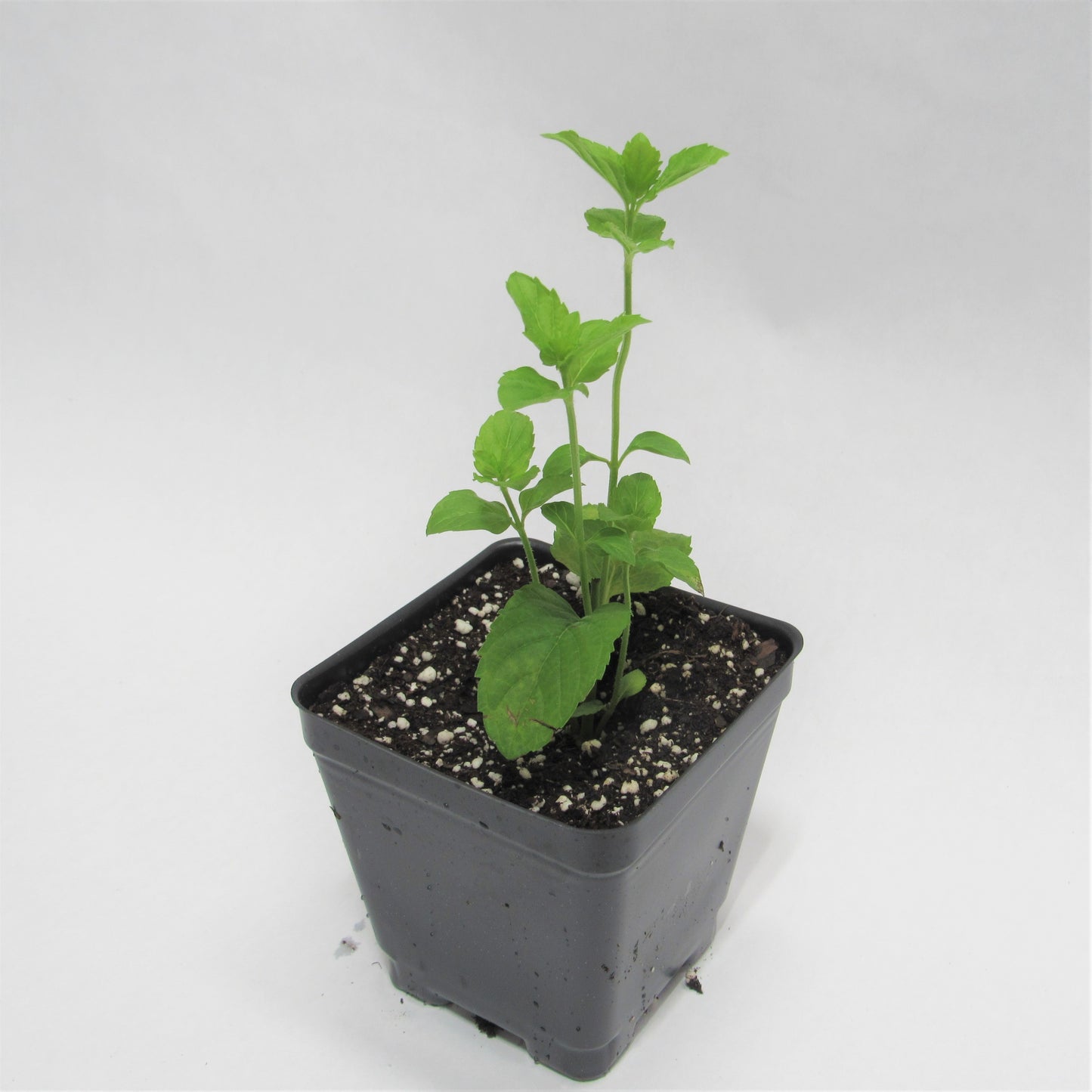
What’s included
Included items will appear here once configured.
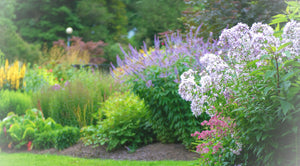
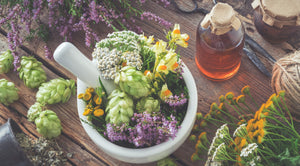

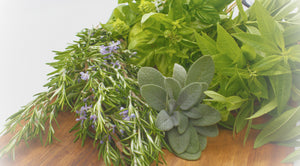
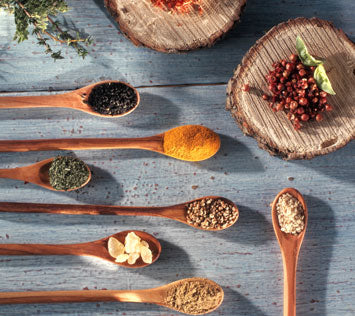
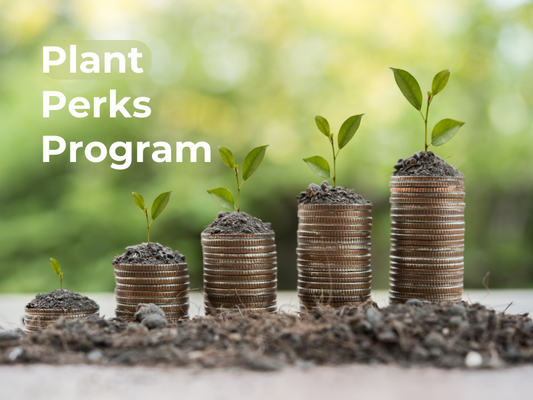

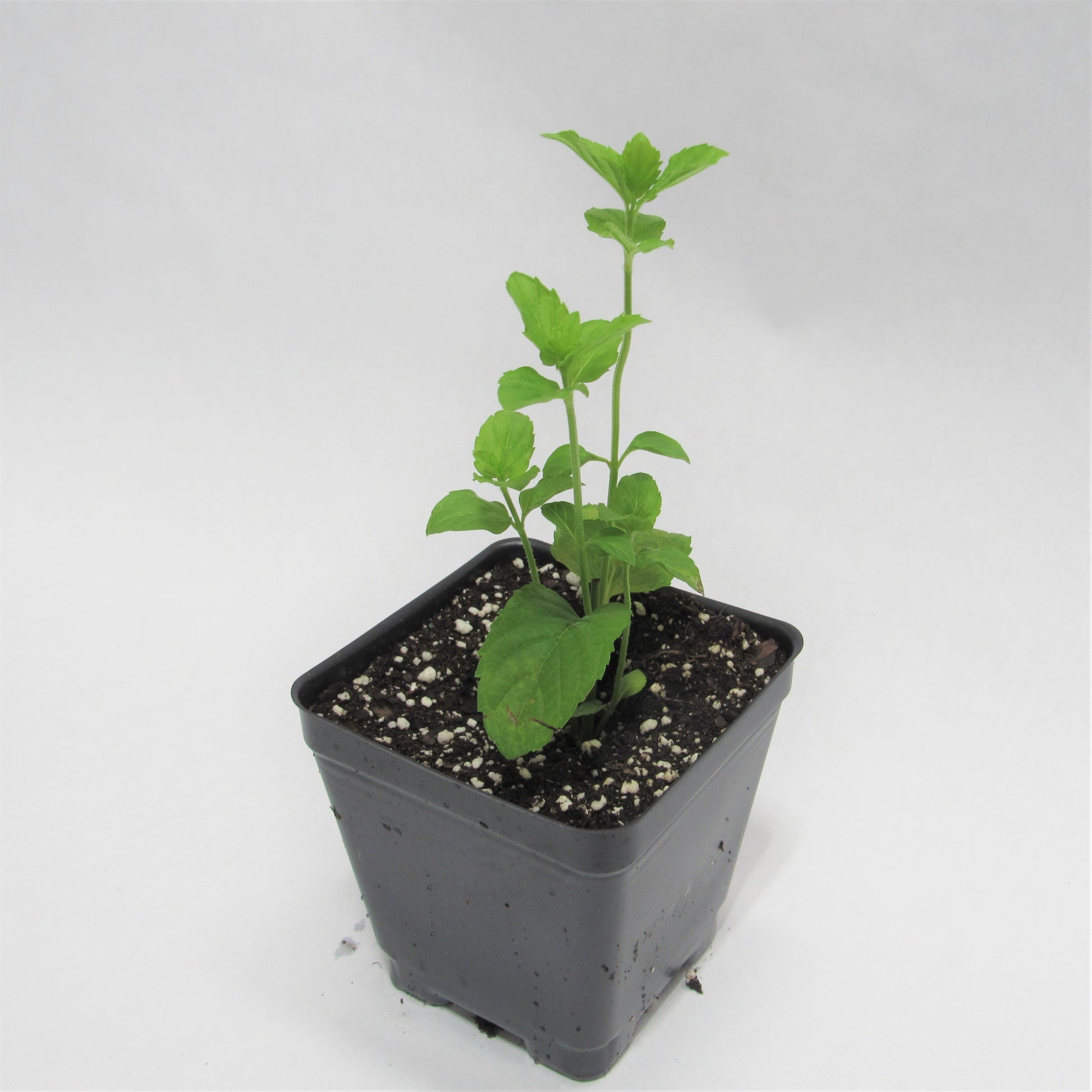



 Culinary
Culinary
 Deer Resistant
Deer Resistant
 Aroma
Aroma
 Container
Container
 Pollinator
Pollinator
 Indoor
Indoor
 Drought
Drought